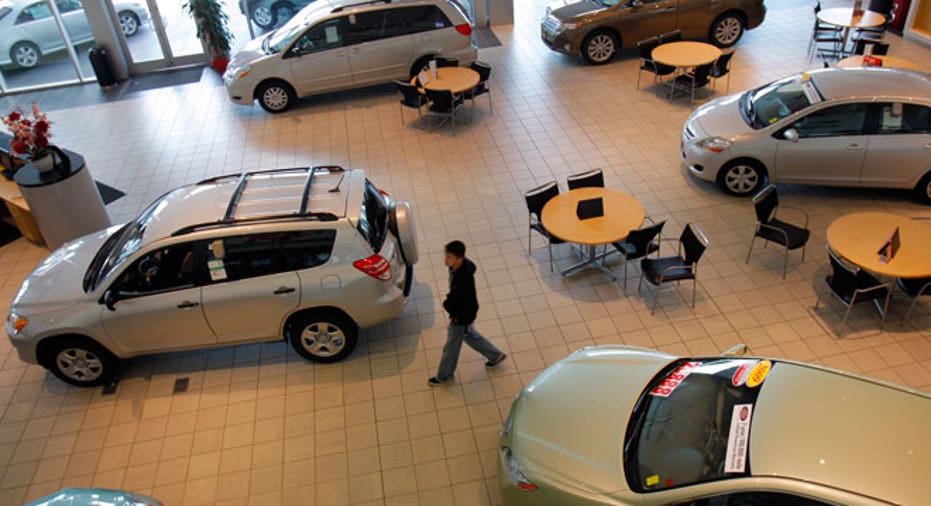Why Sell Your Used Car Rather Than Trade It?

As with any purchase, it makes good sense to get the best deal possible, whether that means using a coupon, waiting for a sale or shopping around to get the best price. Buying a new car -- whether it is brand-new or just new to you -- is no exception. In fact, it's arguably even more important since you are likely spending thousands of dollars, so increasing your spending power by even a few percentage points adds up quickly. Selling your old car versus trading it in is akin to an "instant rebate" that can equal hundreds or even thousands of dollars.
Let's say, for example, you own a 2003 Toyota Camry XLE that is in top condition and has 120,000 miles, which is about average for its age. The Toyota Camry is used in this example because it has been the top-selling passenger car for many years, so it's owned by a lot of people and desired by many as well. That car would be worth $6,788 in a private sale versus $5,880 in a trade-in on average, according to Edmunds.com. That's $908 more that you could put in your pocket. Similarly, if you own the same car in the same condition, but it's a 2008 model with 62,000 miles, the car would be worth $1,645 more to you if you sell it yourself -- $12,702 in a private sale versus $11,057 in a trade.
What's more, selling your car privately makes it easier to negotiate the sale of your new car with a dealer. That's because you are only negotiating the cost of a single car. When a traded car gets factored into the sale of a new one, it can be confusing for many buyers. Some may be unaware they owe more than the car is worth or some may think they are getting a great price on the trade, only to discover that's because they are not getting as good of a deal as they could on the new car.
Wondering what to do with that extra money you'll get by selling your used car yourself? You can certainly use it to buy "more" of a car than you could afford otherwise, perhaps by getting a more expensive level or model -- or adding options to the car you've selected. Still, a better choice would be to add it to the down payment to reduce your car loan. Even a $1,000 down payment helps you put instant equity in the car, reducing the amount of time that you are upside down (when you owe more than the car is worth). It also means you spend less in interest over the life of the car loan.
For example, a 60-month new-car loan for $25,000, the average cost of a new car, at 4.12%, the national 60-month average at press time, would cost $461.77 per month with $2,706.09 in interest over the life of the loan. A $24,000 car loan with the same terms would cost $429.76 per month with $1,785.42 in interest, representing an extra $1,074 in your pocket in interest saved over the life of the loan. These figures would of course increase, possibly dramatically, if you are paying a higher car-loan rate, which means a much larger figure could end up in your pocket -- all because you made the effort to sell your old car yourself versus trading it in at the dealer.
Get more news, money-saving tips and expert advice by signing up for a free Bankrate newsletter.
Bankrate's content, including the guidance of its advice-and-expert columns and this website, is intended only to assist you with financial decisions. The content is broad in scope and does not consider your personal financial situation. Bankrate recommends that you seek the advice of advisers who are fully aware of your individual circumstances before making any final decisions or implementing any financial strategy. Please remember that your use of this website is governed by Bankrate's Terms of Use.
Copyright 2013, Bankrate Inc.